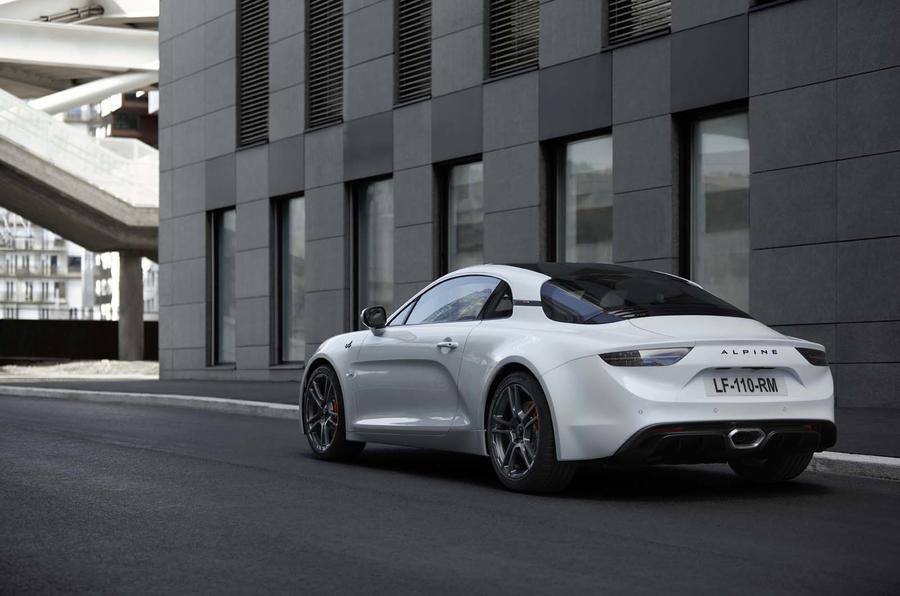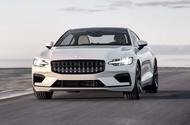The Polestar 1 bucks convention in a way future models won’t
Emitting the same electric whirr and offering roughly the same performance, EVs will have to rely on style to stand out
Melting into a crowd is not a fate likely to befall the Polestar 1 – unless the crowd is full of delightfully wacky turbocharged, supercharged and electrified £140,000 coupés with rally-style suspension. Which seems unlikely.
But not all cars can be so bonkers. Not even all Polestars, which will, in future, all be battery-only EVs. So in conversation with Polestar designer Max Missoni, and some other designers and engineers recently, I’ve asked the question: when a car doesn’t have an internal combustion engine – which is something that defines so much of the driving experience, especially for performance cars – what becomes the great differentiator?
Answer: it depends who you ask. Generally accepted, it won’t be the powertrain. Yes, there are different types of electric motor and you can put them in different places. But the whoosh and noise, or absence thereof, is much the same. They’re fun, but not so different from one another.
EV hardware is uniformly heavy and takes up a lot of room, so battery packs tend to go in the same place, low in the car, which means it’s harder to differentiate ride and handling. The Jaguar I-Pace is a sportier drive than an Audi E-tron, of a fashion. But they’re more alike than an F-Pace and a Q5, or an XJ and A8.
So if cars drive much the same, and the efficiencies are much the same, and smartphone mirroring means everyone has a full complement of infotainment, with legislation taking care of the rest of a car’s equipment… then, well, what’s left to make the difference? Why should you buy one car over another?
Is it image? Price? Why should they matter, if things are so similar? At this point, perhaps badge snobbery finally disappears. Perhaps.
Or perhaps design becomes the great differentiator.
For many buyers, it already is. I remember being told the primary reason that 60% of buyers said they chose a particular Audi (a mid-2000s A4 Avant, I think) was because they liked the look of it. Which might explain why Audi went on to make all its cars look like that.
Designers I’ve asked seem happy to agree. Although I guess being asked whether they’re about to become even more influential is not something they’re inclined to argue against.
Engineers, though, have reminded me we’re not there yet. Not for sports and performance cars, anyway. Batteries are heavy and some people really like engines.
So perhaps the market splits. To the left, similarly sized boxes with similar powerplants, sold on their design and the type of ownership. Clean, efficient, simple, similar, but cars largely as white goods. And to the right, cars where involvement and engagement still count. You’ll find sports cars, and you and me and, apparently, the Polestar 1.
Question is: which manufacturer would want to say they sit on the left? Not many, I’ll reckon.
Alpine throws a sporty spanner in the works

This new Alpine A110 S, then, is the even more sporty one but still usable every day. Understood. I love the regular A110 but I can see there’s room to reduce roll and pitch, and it has suppleness and comfort to spare.
But I do wonder what it means for the regular A110. In a similar way that, while you can get a Ford Mustang with a 2.3-litre engine, you might as well have the V8, how many people will choose the lesser Alpine?
Read more
New Alpine A110S: faster, more hardcore flagship revealed
Volkswagen: future technology will influence car design
Source: Autocar
